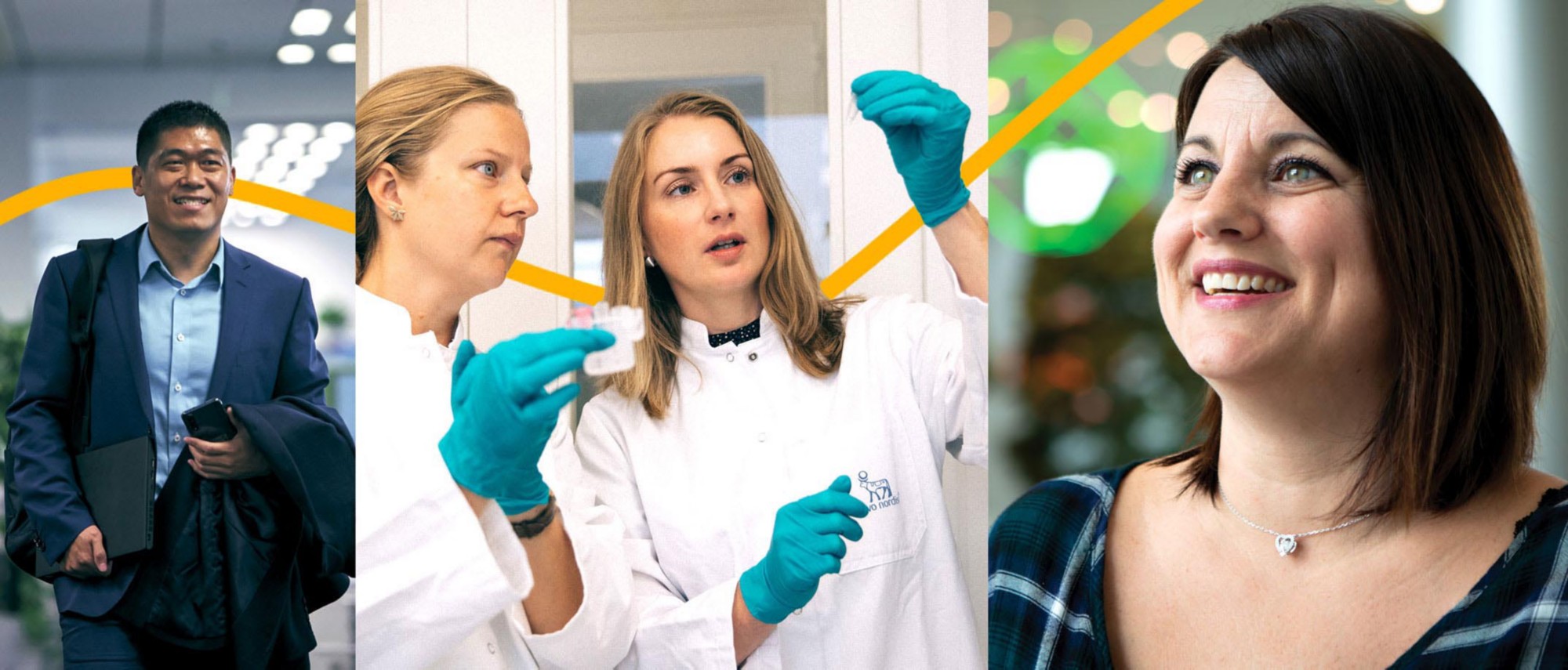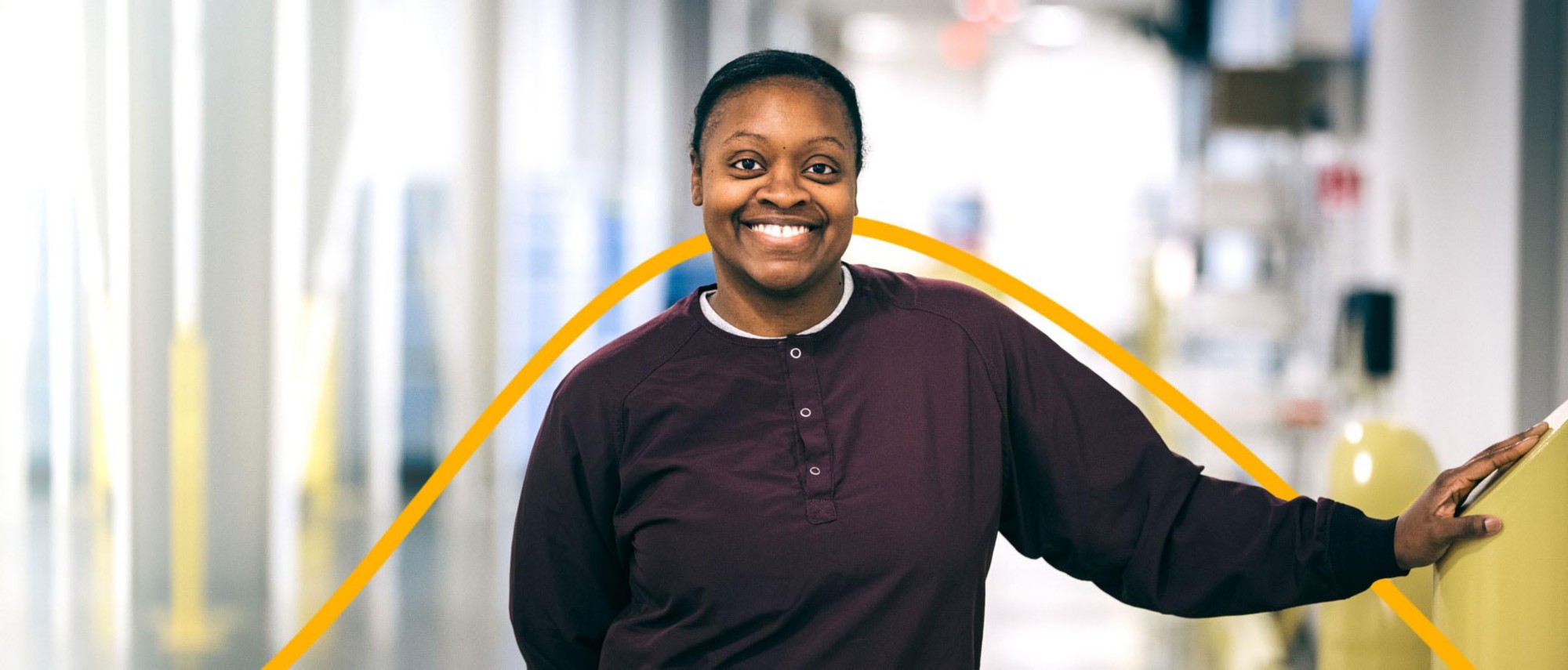What toll has working from home had on our mental health and sense of belonging within our working teams?
Psychological safety has been decreasing during lock-down.
Psychological safety is when an employee feels able to show and employ oneself without fear of negative consequences of self-image, status or career. In safe teams the team members feel safe, accepted and respected – and they dare to be honest. Psychological safety is pre-requisite for problem solving and development.
Here are some tips to increase psychological safety after lock-down:
- Get to know each other in the team
- Spend time together
- Dare to show vulnerability and compliment vulnerability and honesty
- Show empathy, respect, and prioritize inclusion for example by recognizing different perspectives at meetings
- Discuss on an ongoing basis in the team what works well and whether there’s anything you need to pay extra attention to in order to strengthen the work community
Why is face-to-face interaction important and how do we protect mental health in light of this?
Face-to-face interactions are really important because they ensure that everyone taps into (and co-create) a great social vibrance and enjoy the real-life company of their colleagues. They also can help foster unplanned encounters with known and new colleagues, which can be a strong driver of innovation, collaboration and problem solving.
We know that mental well-being at work depends on a number of psychosocial job-factors such as influence or control, social support, recognition and meaning.
It is also evident that these factors are affected by new ways of working. When not being physically at the office every day social support is obviously challenged, which can cause:
- Low team-spirit/sense of belonging.
- Risk of in-group/out group
- Lack of continuous feedback.
- Lack of help and assistance when needed
Furthermore, we may feel less recognised or acknowledged when we are not around each other. It can be difficult for managers to naturally “witness” their employee’s performance and progress and therefore the timely feedback and recognition may lack.
Finally, there is also the risk that employees working from home have long working hours because they lack the natural boundary markers that the commute to and from the workplace offers. We see that many and have extremely “packed calendars” because coordination and alignment with co-workers need to take place at planned meetings. An emerging risk is therefor also virtual fatigue.
Working in a hybrid model leaves employees with a heightened responsibility to look more out for themselves and communicate transparently about how they cope and where they need support. The individual employee needs to take on a larger responsibility for own mental health when not being around manager and team members on a daily basis.
As more and more people return to the office post COVID-19, what should you be aware of?
Working from home, either for a couple of days a week or on a fulltime basis, has become a popular alternative to going to the office. The periods where people were forced to work from home due to the pandemic has proven that many tasks can be dealt with quite effectively outside the offices. Many employers are the therefore offering more flexible working arrangements to accommodate peoples wishes for flexibility. In that light the return process becomes a bit of a logistical puzzle for managers. Managers need to balance individual employees’ needs and wishes for working from home with the organisational need for a certain volume of on-site presence in order to strengthen relations, culture, team coherence and sense of belonging. Compromises will be necessary, and we all need to experiment and learn along the way how to operate in a hybrid working model.
Do you have any tips for making the transition to the “new normal” smoother?
Covid-19 has taught us that some job tasks can be solved efficiently from home while others are more suitable for face-to-face interactions. The distribution between on-site presence and working from elsewhere should be based on which tasks the individual and the team are working with.
Shaping the “new normal” must take place by experimenting with the hybrid working model and continuously evaluating what works well and what needs to change. Therefore, dialogue between manager and employees and between employees and their co-workers is key. What works for one team may not necessarily work for another team, so it’s not one size fits all. Experiment and see what works for you and the rest of the team.


